About the author: Lina Younes has been working for EPA since 2002 and chairs EPA’s Multilingual Communications Task Force. Prior to joining EPA, she was the Washington bureau chief for two Puerto Rican newspapers and she has worked for several government agencies.
Lea la versión en español a continuación de esta entrada en inglés.
Some links exit EPA or have Spanish content. 
In an effort to fulfill EPA’s mission, we seek community involvement in the decision-making process. We do this by engaging all interested groups through dialogue and collaboration, including those with limited financial and technical resources, English proficiency, and/or past experience participating in environmental decision-making.
By engaging the public, we aim at fostering environmental stewardship in all communities in the U.S., including those with limited English proficiency. End result–the Agency benefits, it’s advantageous to these communities, and ultimately, the environment profits as well.
Census data reveals that around 18 percent of the total population in the US over the age of 5 speak a language other than English at home. Given that language can be a barrier to environmental understanding, we want to address those barriers. Moreover, multilingual communities may live or work in areas that are subject to greater environmental hazards. Therefore, we provide environmental information on lead, pesticides, flood and mold cleanup, children’s health protection, to address many of these issues.
The Agency has been consolidating its environmental information on multilingual websites to facilitate access. Currently, we have websites in Spanish, Chinese (both Traditional and Simplified script), Vietnamese and Korean. We have several initiatives designed to reach out effectively to these communities. For example, the Hispanic environmental health page, the nail salons air quality initiative in Vietnamese and Korean; the informational materials on dry-cleaning regulations in Korean; and the Hispanic Stakeholders Initiative—Beyond Translation, and the EPA-China Environmental Law Initiative in English and Chinese to name a few.
Increasingly, we have found that these multilingual websites are receiving numerous worldwide visitors who are looking to EPA for environmental leadership. New technology such as Web 2.0 is just another valuable tool in facilitating environmental communication across the globe.
Alcanzando a las comunidades multilingües a través de la nación y del mundo
Sobre la autor: Lina M. F. Younes ha trabajado en la EPA desde el 2002 y está a cargo del Grupo de Trabajo sobre Comunicaciones Multilingües. Como periodista, dirigió la oficina en Washington de dos periódicos puertorriqueños y ha laborado en varias agencias gubernamentales.
En un esfuerzo por llevar a cabo la misión de la Agencia (EPA, por sus siglas en inglés), constantemente buscamos la participación de las comunidades en el proceso para tomar decisiones. Hacemos esto al exhortar la participación de los grupos interesados por medio del dialogo y la colaboración incluyendo a aquellos con recursos económicos y tecnológicos limitados, habilidad de hablar inglés, y/ o experiencia participando en el proceso de decisiones ambientales.
Al buscar la participación del público, tenemos como meta fomentar la capacitación ambiental en todas las comunidades d la nación, incluyendo a aquellos con la habilidad limitada de hablar inglés. Esto es beneficioso para la Agencia, es ventajoso para esas comunidades, y el medio ambiente se beneficia también.
Los datos del Censo revelan que alrededor del 18 por ciento del total de la población en los Estados Unidos sobre la edad de cinco (5) años hablan un idioma diferente al inglés en el hogar. Dado el caso que el idioma puede ser una barrera para que las persona comprendan los problemas ambientales, queremos tratar esas barreras. Además, las comunidades multilingües podrían vivir o trabajar en áreas que sujetas a gran riesgo ambiental. Por lo tanto, proveemos información ambiental acerca de plomo, pesticidas, inundaciones y limpieza de moho, protección ambiental para niños para tratas todos estos tópicos.
Con el propósito de facilitar el acceso informativo, en la Agencia, hemos estado consolidando la información ambiental en las páginas Web multilingües. Entre otros, actualmente, tenemos páginas Web español, chino (ambos caracteres tradicional y simplificado) y coreano. También tenemos varias iniciativas de alcance especialmente diseñadas para estas comunidades. Por ejemplo, El medio ambiente y su salud, la iniciativa de calidad de aire en los salones de belleza en vietnamita y coreano, materiales informativos sobre regulaciones para tintorerías y comercios de lavado en seco y la iniciativa para la comunidad hispana, Beyond Translation, - Más allá de la traducción - y la iniciativa para la Ley ambiental US-China en inglés y chino.
Cada vez más, estamos encontrando que las páginas multilingües reciben numerosas visitantes de alrededor del mundo buscando información y liderazgo de parte de la Agencia. Las nuevas tecnologías tales como Web 2.0 es otra herramienta valiosa para facilitar la comunicación ambiental alrededor del mundo.
 Each week we write about the science behind environmental protection. Previous Science Wednesdays.
Each week we write about the science behind environmental protection. Previous Science Wednesdays. In 1987, I was fortunate for two reasons – I received a promotion to manage a group of scientists who evaluated occupational and residential exposure to pesticides, and I became a father for the first time. Watching my young daughter crawl around on the grass and picking up a small pebble to explore with her mouth made me wonder about possible exposure of young children to pesticides used on lawns – at the same time, I realized that our group of scientists had very little data to answer the question. Thus, I began on a 20-year journey to promote research related to better understanding children’s environmental exposure.
In 1987, I was fortunate for two reasons – I received a promotion to manage a group of scientists who evaluated occupational and residential exposure to pesticides, and I became a father for the first time. Watching my young daughter crawl around on the grass and picking up a small pebble to explore with her mouth made me wonder about possible exposure of young children to pesticides used on lawns – at the same time, I realized that our group of scientists had very little data to answer the question. Thus, I began on a 20-year journey to promote research related to better understanding children’s environmental exposure.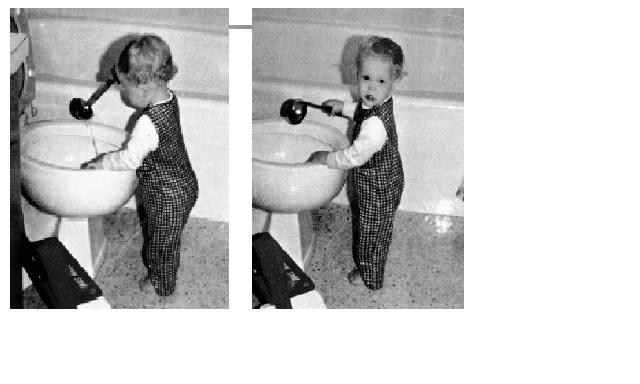 Take some time and watch a toddler very carefully and you will begin to understand just how unique children’s behaviors can be compared to adults – here is a great example:
Take some time and watch a toddler very carefully and you will begin to understand just how unique children’s behaviors can be compared to adults – here is a great example:
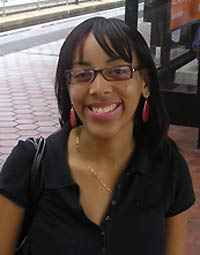 My name is Ashley, and this semester I have the privilege to work at the EPA Office of Children’s Health Protection and Environmental Education. I am so excited to spend the next couple of months writing blog entries in order to give middle and high school students a voice to express their own thoughts and feelings on issues like global climate change. Let me start off by mentioning a few things about myself.
My name is Ashley, and this semester I have the privilege to work at the EPA Office of Children’s Health Protection and Environmental Education. I am so excited to spend the next couple of months writing blog entries in order to give middle and high school students a voice to express their own thoughts and feelings on issues like global climate change. Let me start off by mentioning a few things about myself.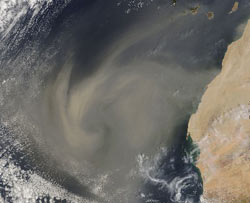 Every summer, particles of dust from the Sahara Desert travel halfway around the globe and settle in the Caribbean area around Puerto Rico. This dust impacts not only our air quality, but the climate. This cloud, full of minerals and fungi, alters the quality of air and impacts not only respiratory health, but ecosystems as well. Some studies trace the loss of coral reefs in the Caribbean to this phenomenon. It’s incredible that these small particles from the Sahara Desert in Africa can cause so many adverse impacts to the environment and health an ocean away.
Every summer, particles of dust from the Sahara Desert travel halfway around the globe and settle in the Caribbean area around Puerto Rico. This dust impacts not only our air quality, but the climate. This cloud, full of minerals and fungi, alters the quality of air and impacts not only respiratory health, but ecosystems as well. Some studies trace the loss of coral reefs in the Caribbean to this phenomenon. It’s incredible that these small particles from the Sahara Desert in Africa can cause so many adverse impacts to the environment and health an ocean away.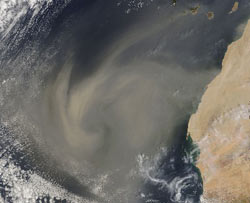 Todos los veranos las partículas de polvo del Desierto del Sahara viajan alrededor del mundo y se asientan en el área del Caribe, especialmente en Puerto Rico. Este polvo no solo afecta nuestra calidad de aire, pero también el clima. La nube, lleva de minerales y hongos, altera la calidad del aire e impacta severamente a aquellos con condiciones respiratorias, pero también afecta los ecosistemas. Inclusive algunos estudios asocian la pérdida de corales en el Caribe a este fenómeno. Es increíble que partículas tan pequeñas sean responsables de tanto impactos adversos al medioambiente, las personas y a los ecosistemas que se encuentran a un océano de por medio.
Todos los veranos las partículas de polvo del Desierto del Sahara viajan alrededor del mundo y se asientan en el área del Caribe, especialmente en Puerto Rico. Este polvo no solo afecta nuestra calidad de aire, pero también el clima. La nube, lleva de minerales y hongos, altera la calidad del aire e impacta severamente a aquellos con condiciones respiratorias, pero también afecta los ecosistemas. Inclusive algunos estudios asocian la pérdida de corales en el Caribe a este fenómeno. Es increíble que partículas tan pequeñas sean responsables de tanto impactos adversos al medioambiente, las personas y a los ecosistemas que se encuentran a un océano de por medio.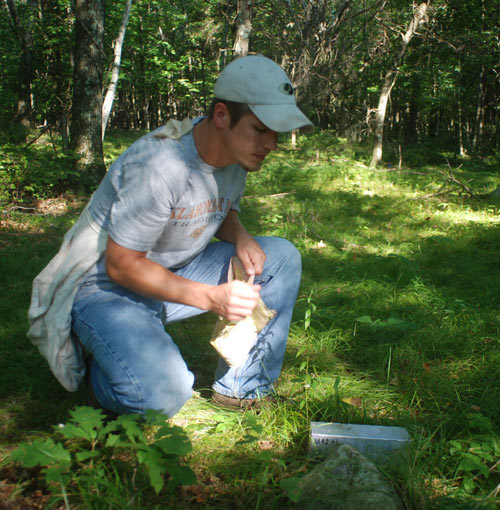
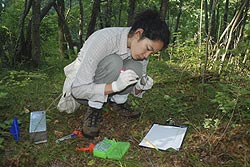
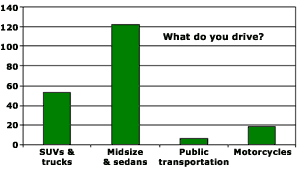 Most of the bloggers responded that they drive what they drive because it is gas efficient. While some people said their vehicles suit there personnel needs, such as picking up the kids or loading luggage. I was surprised to see that a handful of bloggers said they picked their vehicle because they don’t have to spend as much on maintenance, while others chose their vehicle because it is comfortable and it is what they can afford.
Most of the bloggers responded that they drive what they drive because it is gas efficient. While some people said their vehicles suit there personnel needs, such as picking up the kids or loading luggage. I was surprised to see that a handful of bloggers said they picked their vehicle because they don’t have to spend as much on maintenance, while others chose their vehicle because it is comfortable and it is what they can afford.
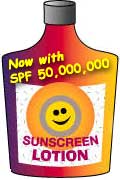 Several years ago, I worked for the
Several years ago, I worked for the